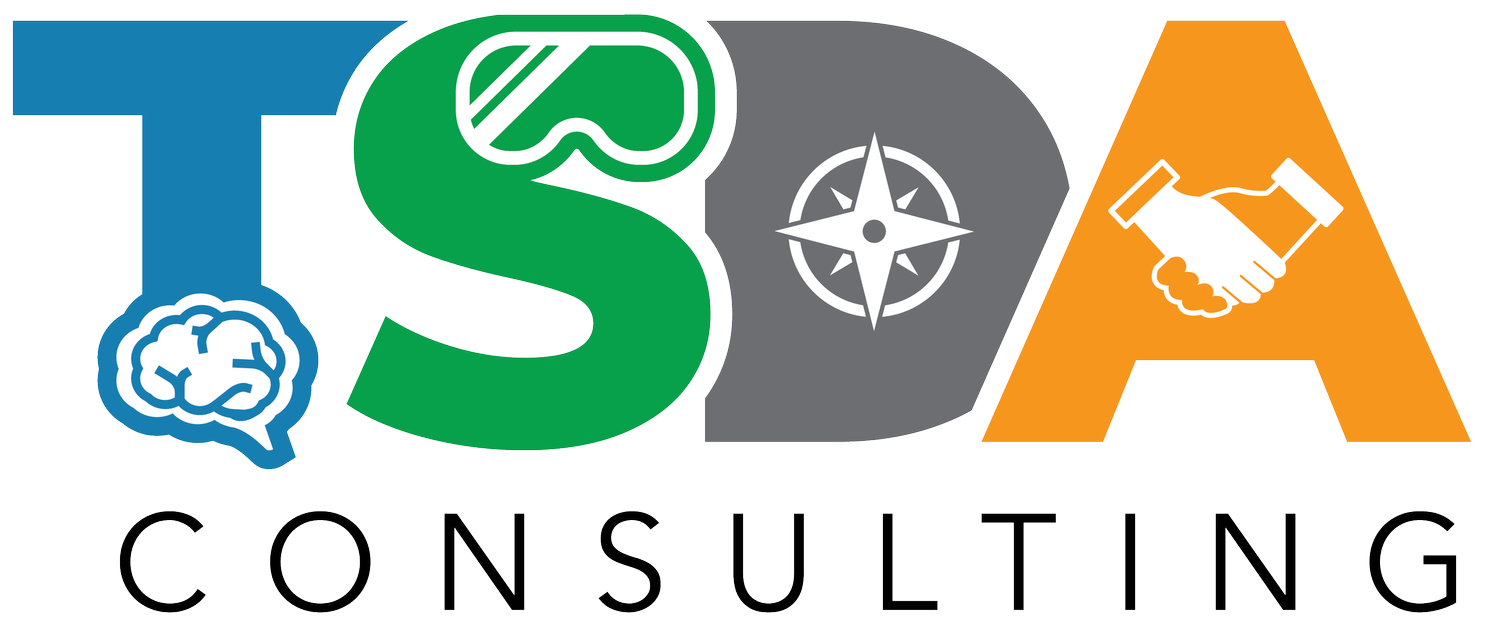Logical Fallacies in Workplace Safety
In the world of workplace safety, there's no room for error. Every step must be taken with utmost caution to ensure the well-being of employees and avoid any incidents that might endanger their lives. However, even the most seemingly rational minds can fall prey to logical fallacies or errors in reasoning that can have serious consequences.
The first is the gambler's fallacy. This is the belief that if something has happened a lot in the past, it is less likely to happen in the future. For example, someone might believe that because they have gone years without being injured on the job, their risk of injury is now low. However, this ignores the fact that each day on the job brings a new set of risks. There is no such thing as a "safe" job, and every day presents new opportunities for accidents and injuries.
Another dangerous fallacy is survivorship bias. This is when people focus on survivors of an accident or incident, rather than those who were harmed or killed. For example, after a car crash, people might only focus on the driver who walked away without serious injuries after not wearing a seatbelt. However, this ignores the fact that statistically seat belts save lives.
A helpful strategy for avoiding this type of risk is to get into the habit of questioning your assumptions. Often, we make arguments based on assumptions that we simply take for granted. But when we stop to question our assumptions, we may realize that they are not as solid as we thought they were. This can help us to avoid making errors in our reasoning.
It is also helpful to seek out feedback from others. When we share our ideas with others, they may point out flaws that we were not aware of. This feedback can be invaluable in helping us to improve our thinking and avoid making mistakes in the future.
Our goal is to make the workplace as safe as possible through using good practices, receiving input from those doing the work, team-based approaches, and active learning. Sometimes our logic for changing or removing safety protection may be because of other pressures or company practices. It is important to be appropriately skeptical of these changes and to be open to differing opinions.
